Simon Gush: The Island
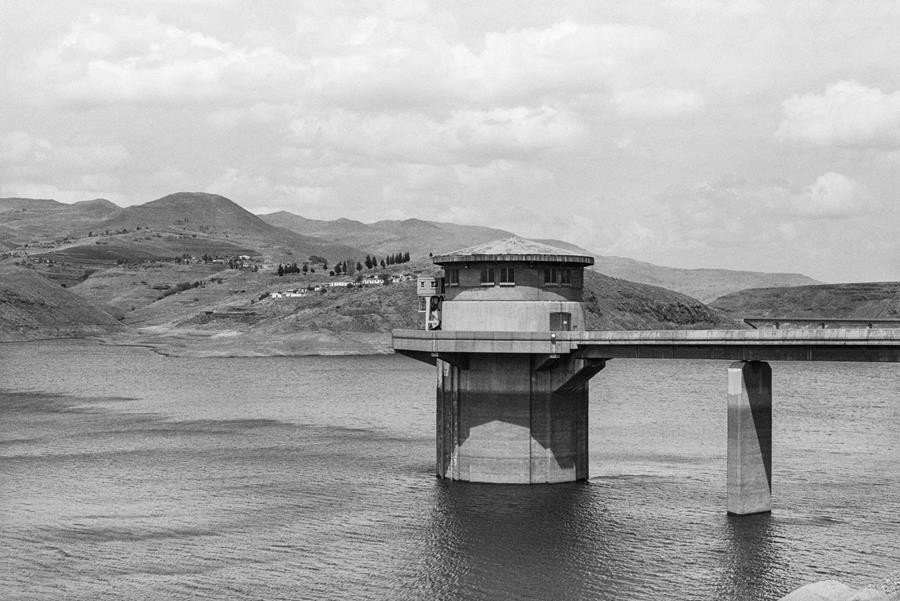
Simon Gush: The Island
09 February 2017
Stevenson present ‘The Island’ by Simon Gush. Following the thread of Workplace (2015) and Work (2013), this exhibition is occupied with labour. Moving away from perceptions of work and the role that professions play in shaping identity, The Island investigates the sometimes fraught, consistently complex relation between South Africa and Lesotho.
In his new photographic and video works, Gush observes the displacement and dependency that characterise the movement of people and resources between the two countries. Gush frames this exercise as ‘thinking about a space that is thinking about someplace else’. He continues:
‘Lesotho, a country landlocked by South Africa, was referred to as ‘the island’ by the African National Congress during the anti-apartheid struggle. Despite the fact that Lesotho has no sea, the image of an island speaks to a way in which Lesotho might become visible, differentiated from its surrounds, a mountainous land rising above the ocean of South Africa which often seems to render it invisible.’
In this body of work, approached as research, Gush opens up different ways of looking at the balance of power between the two nations.
A new film essay titled Invasion is a re-enactment of a first-person account of South Africa’s invasion of Lesotho in 1998, and the bombardment of the Katse Dam military base. The re-enactment takes the form of two interviews, the first an unscripted recollection of events, the second the reading of a formal statement by the witness; the interviews are punctuated with footage of the Katse Dam and its surrounds.
Situated in the Malibamat’so River in Lesotho, Katse Dam is the second-largest dam in Africa and provides 60 percent of Johannesburg’s water, according to the terms of a treaty signed between the two nations in 1986 and renegotiated following the dam’s completion, and the subsequent invasion, in 1998. A second dam, the Mohale, was completed in 2002. At this time of extreme drought in the region, the film highlights the relationship between the two states as one of uneasy interdependence.
The Island is also the title of the central photographic essay in the exhibition, an exploration of worksites in Lesotho: workwear factories, diamond mines, government offices, and the Katse and Mohale dams. Through the interplay of images and text, one is invited to reimagine ways of seeing the country beyond perceptions of dependence and migration, as a generative space.
.
{{B:Simon Gush was born in 1981 in Pietermaritzburg and lives in Johannesburg. He was a 2011 Fellow at the Gordon Institute for Performing and Creative Arts, University of Cape Town, and is the recipient of the 2016 Tierney Fellowship at Wits University. He was awarded the Jury Prize at the Bamako Encounters Biennale in 2015.
}}Recent solo exhibitions have been held at Galerie Jette Rudolph in Berlin (2015); the National Arts Festival, Grahamstown (2015) and the Goethe-Institut, Johannesburg (2014). His work was recently included in group exhibitions at the Institute of Contemporary Art Indian Ocean, Mauritius (2016); the Museum of Fine Arts Boston (2015); Tate Modern in London (2015); Fundação Calouste Gulbenkian in Lisbon (2014) and La Maison Rouge in Paris.
.
View more from
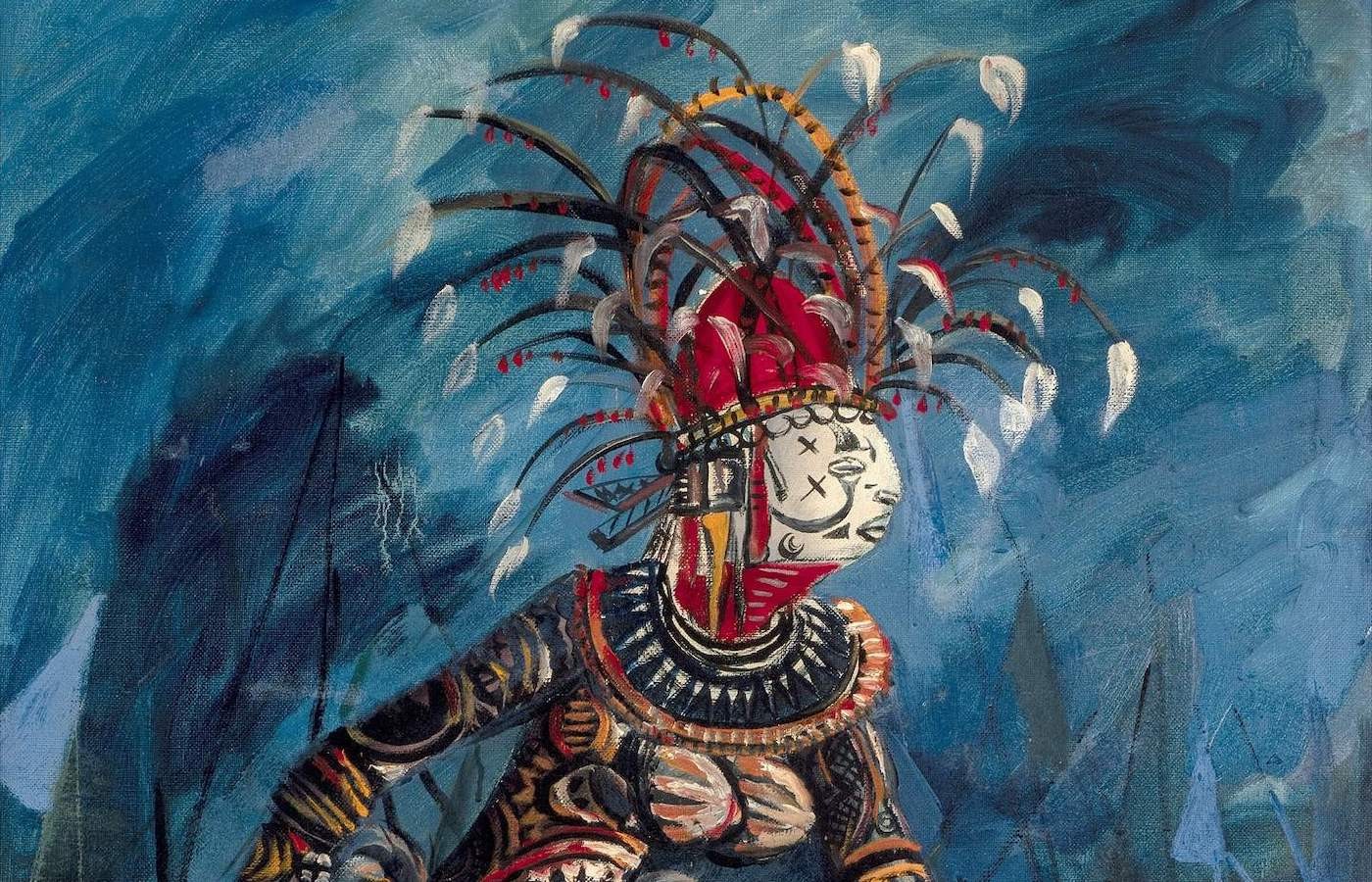
Nigerian Modernism – Group Show
Oct 8, 2025–May 10, 2026
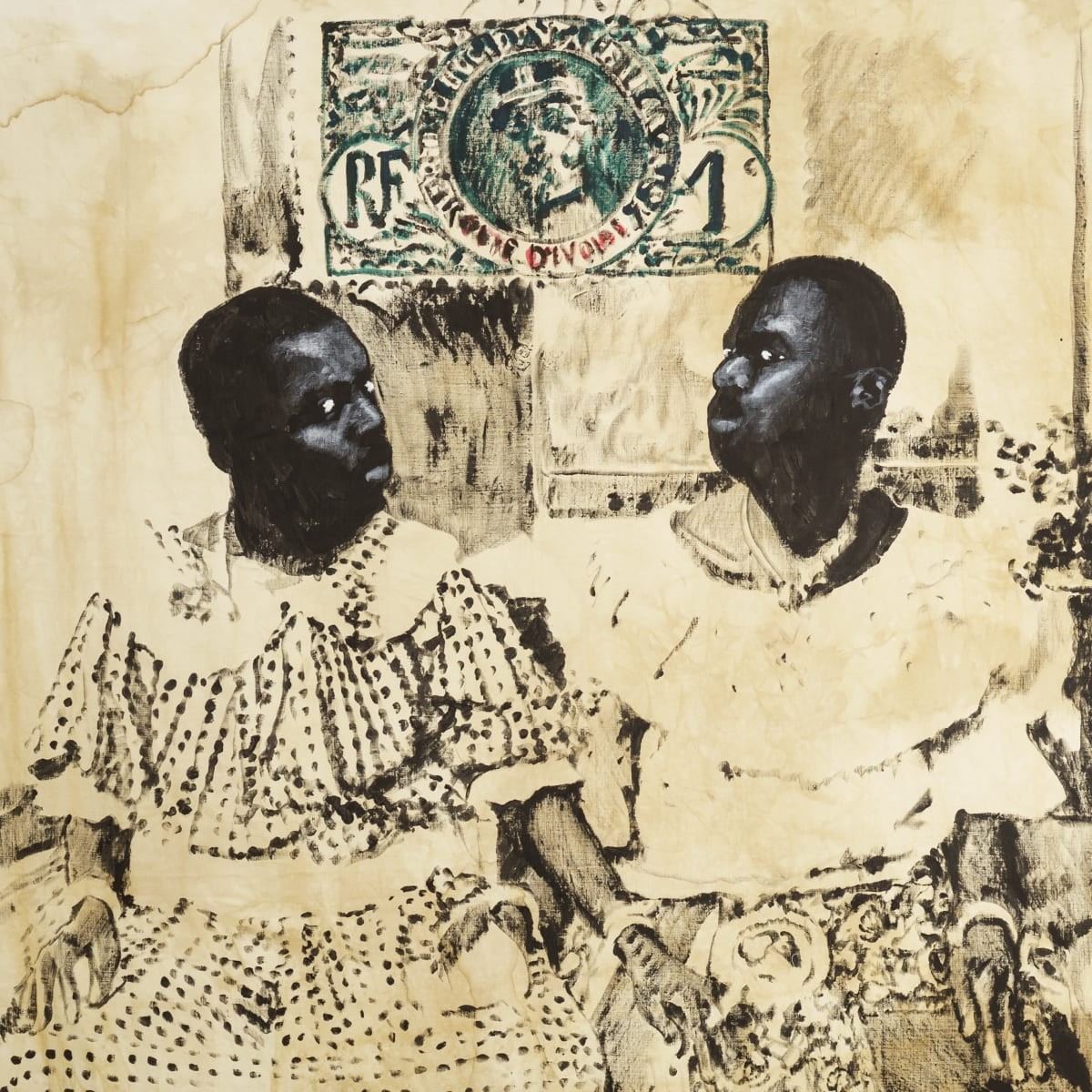
Roméo Mivekannin: Correspondances
Oct 2, 2025–Mar 21, 2026
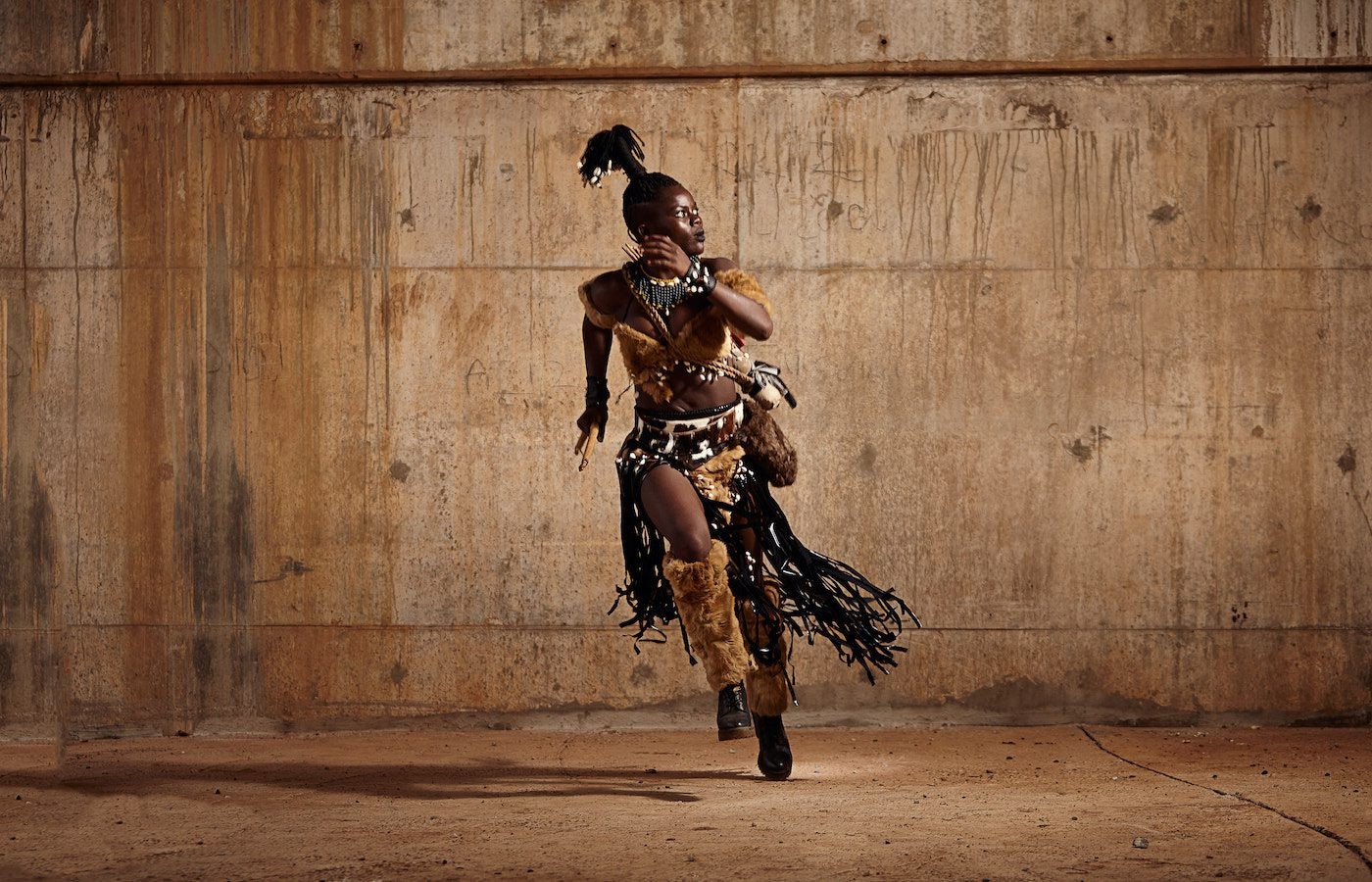
The Writing’s on the Wall (TWTW)
Sep 13, 2025–Mar 14, 2026
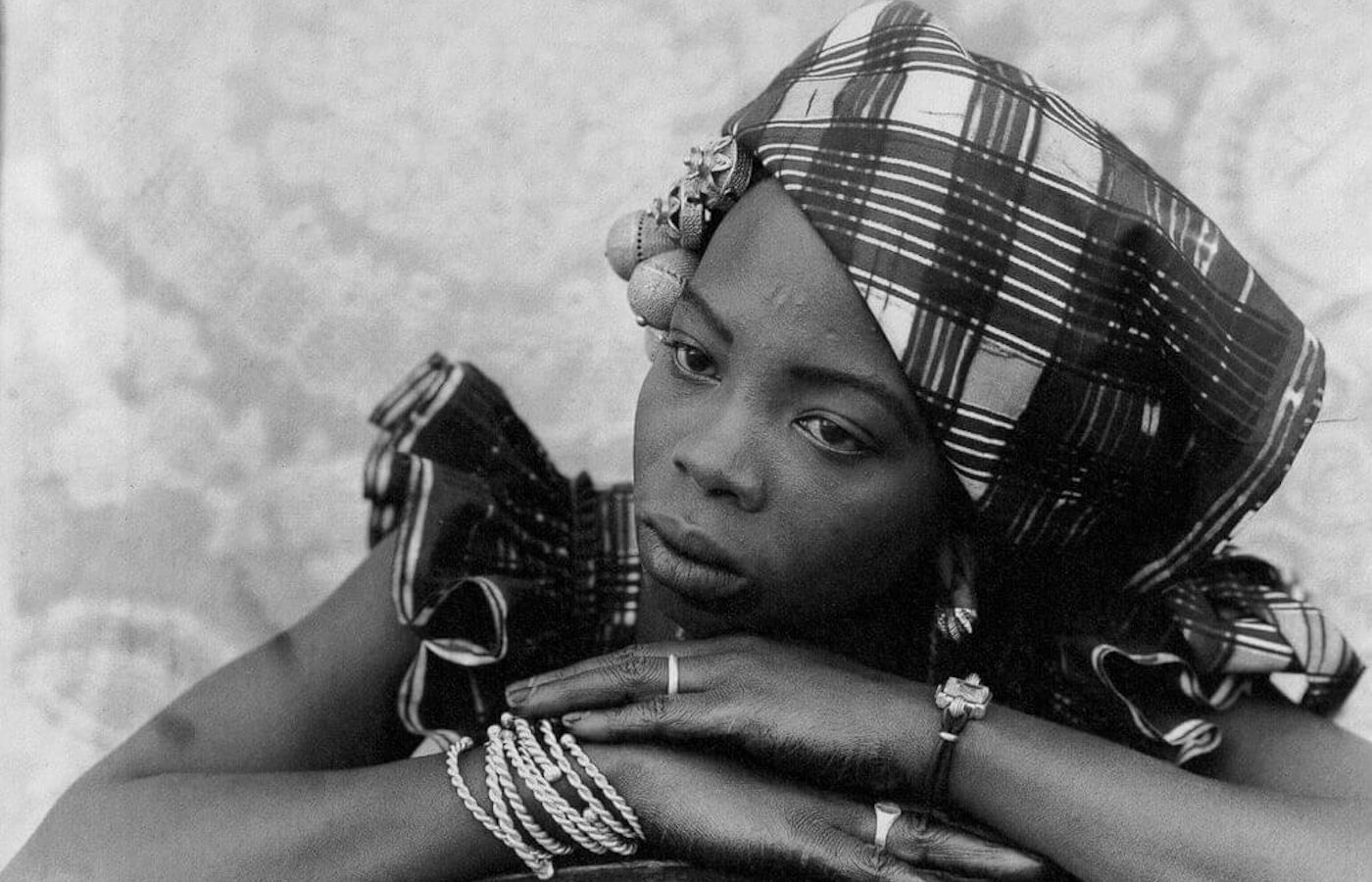
Seydou Keïta: A Tactile Lens
Oct 10, 2025–Mar 8, 2026
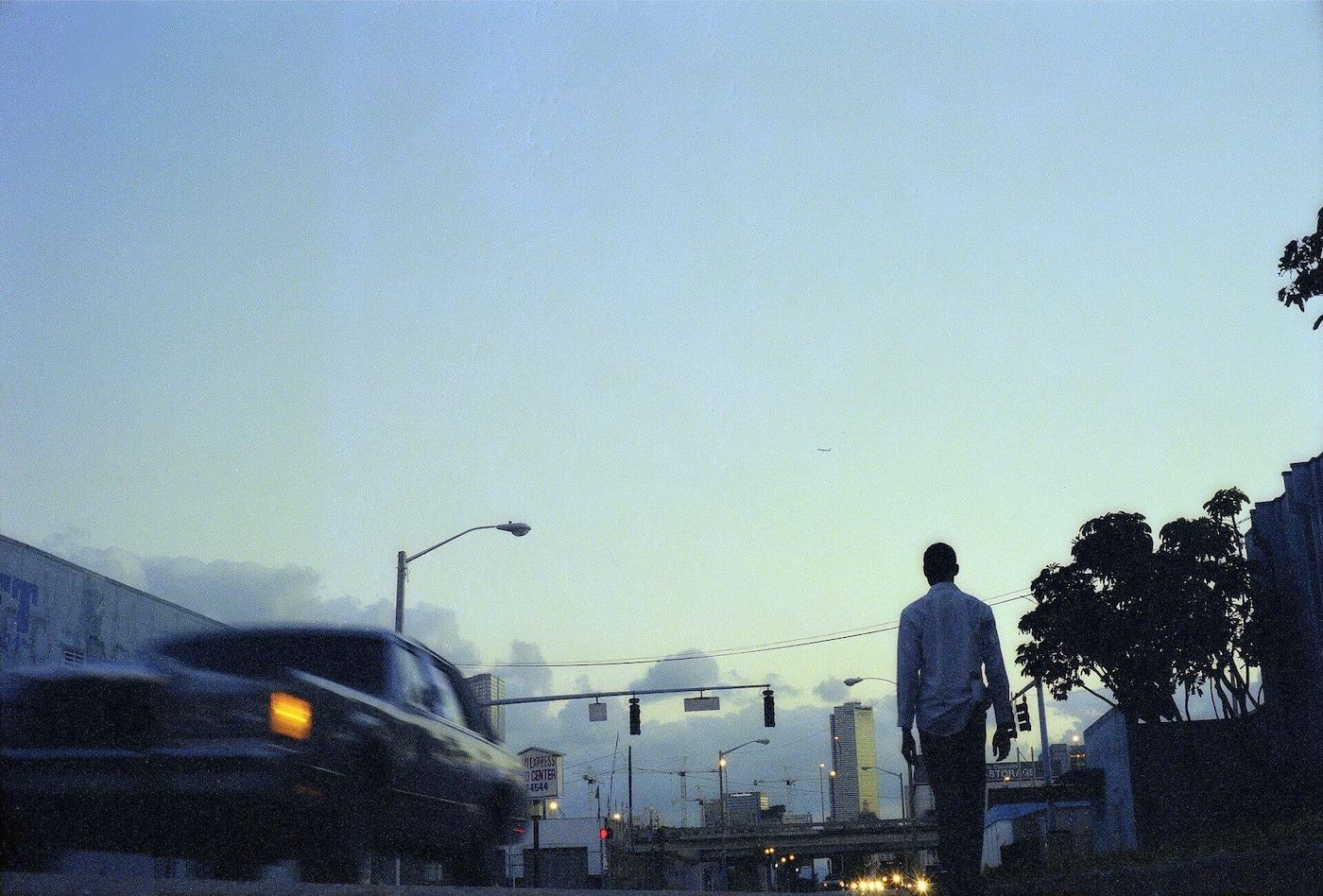
ECHO DELAY REVERB: American Art and Francophone Thought – Group Show
Oct 22, 2025–Feb 15, 2026
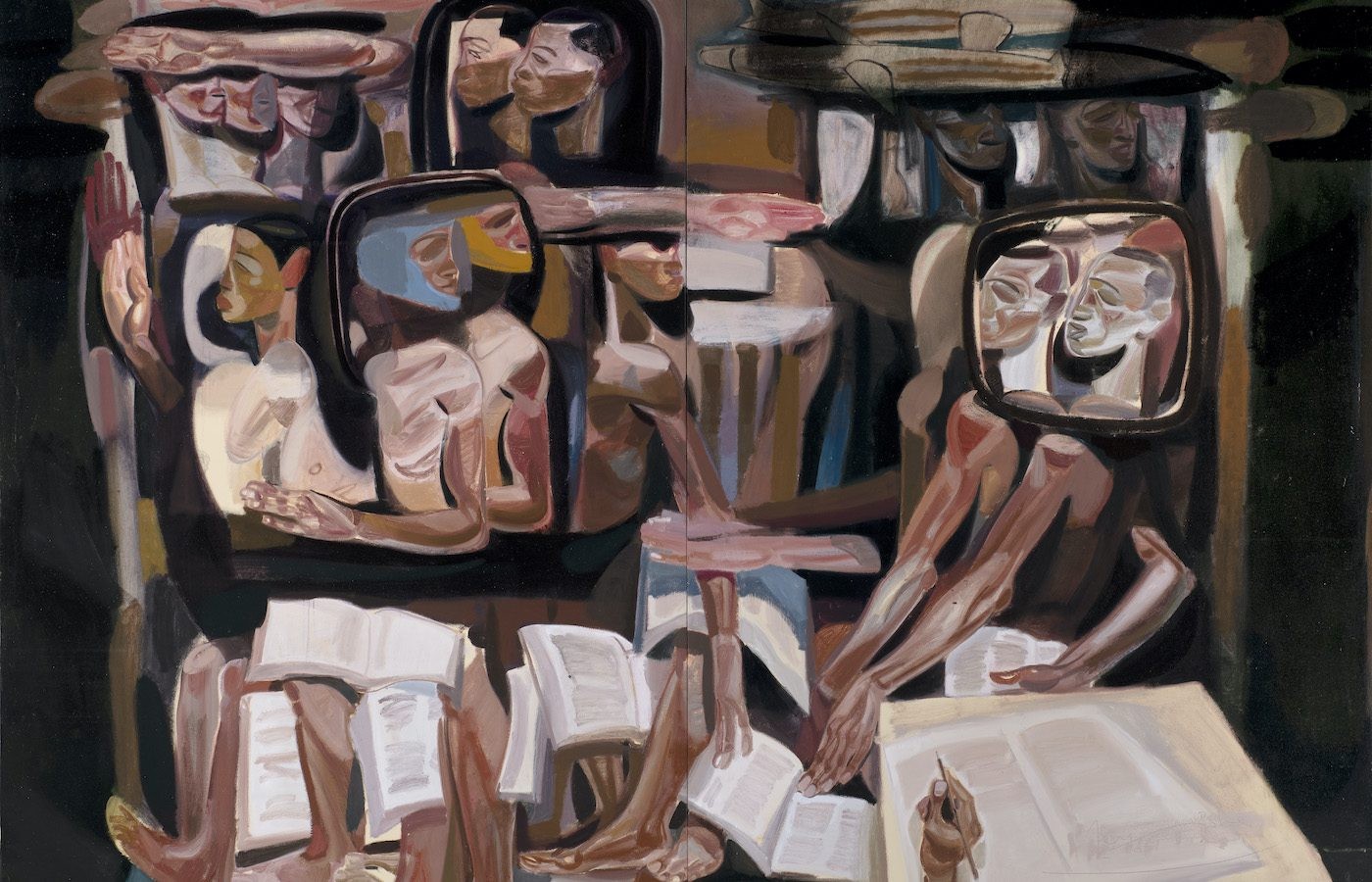
Tesfaye Urgessa: Roots of Resilience
Sep 20, 2025–Feb 15, 2026